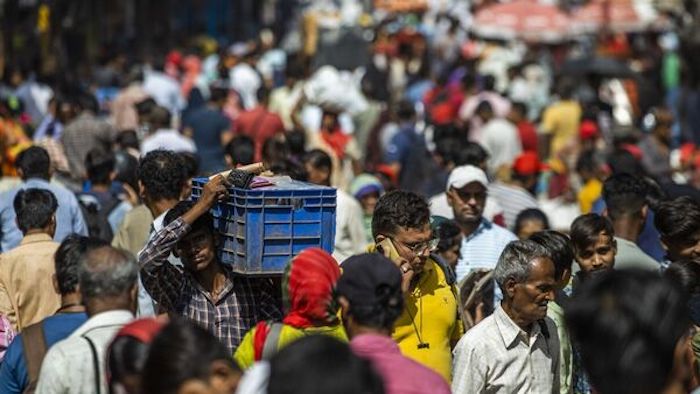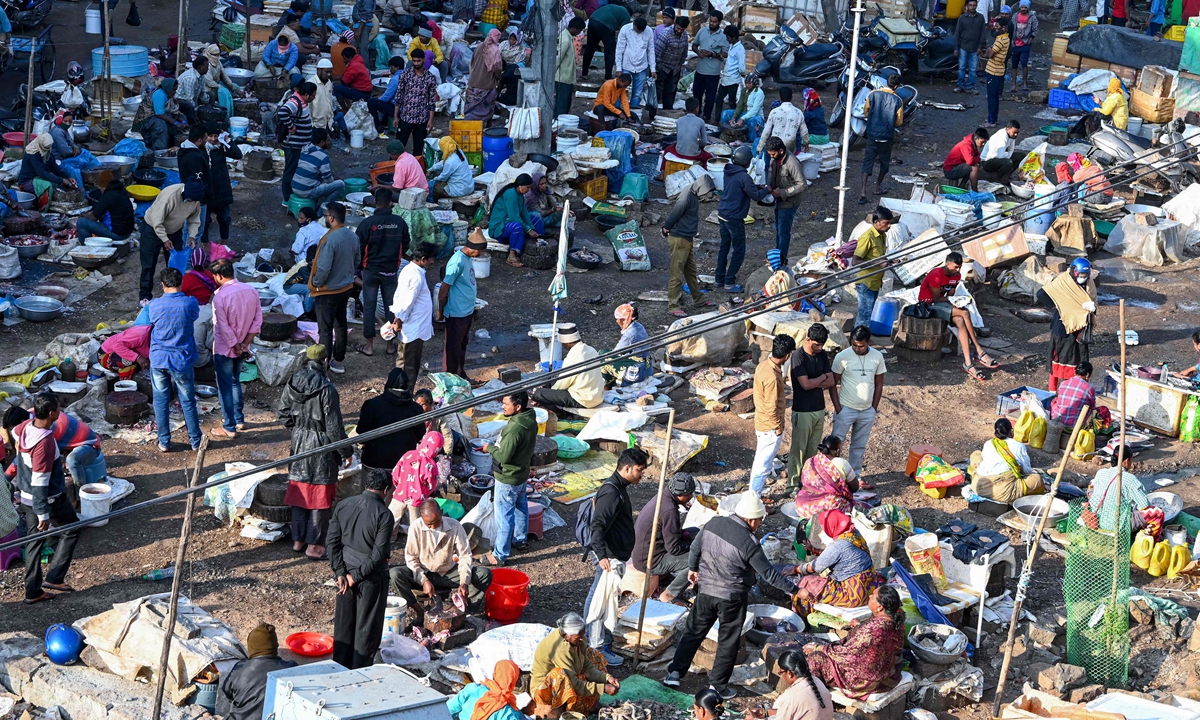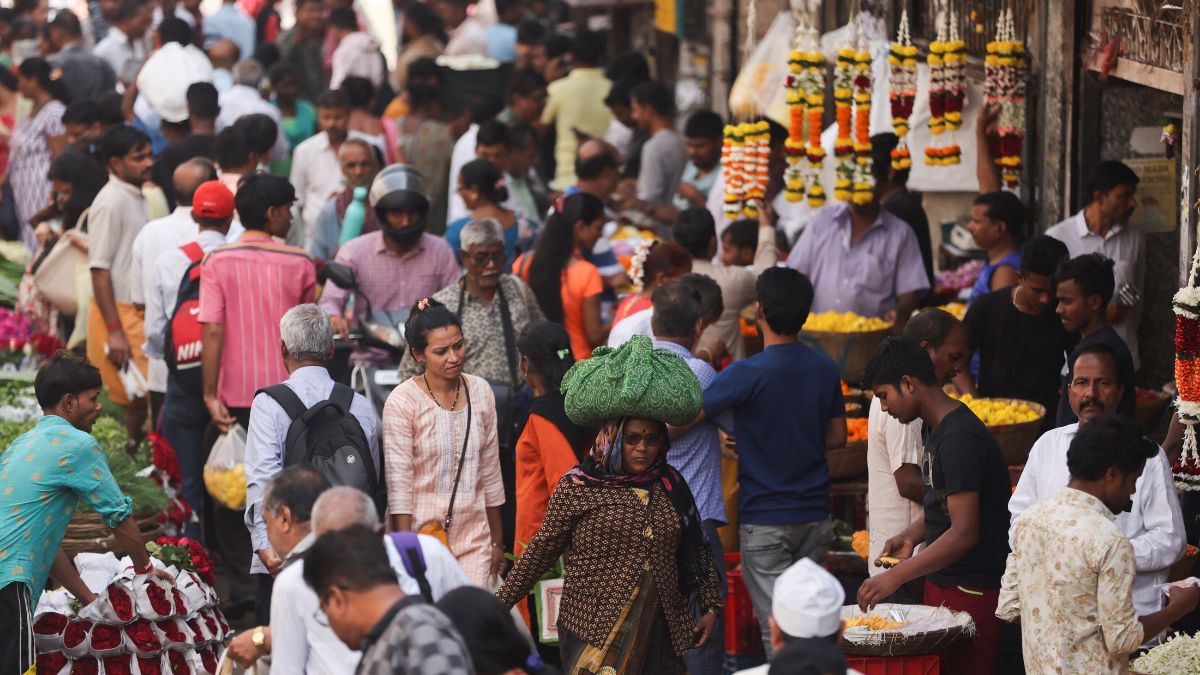According to statistics issued by the United Nations on Wednesday, India will overtake China as the world's most populated country by the middle of this year, with about 3 million more people.
According to (UNFPA) the United Nations Population Fund's State of World Population Report for 2023, India's population would reach 1.4286 billion by mid-year, compared to China's 1.4257 billion - 2.9 million fewer.

According to UN experts, determining the exact timing of the transition is impossible due to "uncertainty" concerning statistics from China and India. The latest census in India was in 2011, while the most recent, scheduled for 2021, was postponed because of the Covid-19 pandemic.
The United States ranks third, with an estimated population of 340 million, according to the data, which is current as of February.
Did you read this?
According to UNFPA estimates, the Democratic Republic of the Congo (DRC), Egypt, Ethiopia, Egypt, According to the UNFPA estimate, eight nations will contribute to half of the anticipated expansion in world population by 2050:pakistan, India, the Democratic Republic of the Congo (DRC), Egypt, Ethiopia, Nigeria, the Philippines, and Tanzania. Since at least 1950, when UN population records began, China has been the most populated country.
According to UN research, China and India will account for over a third of the anticipated world population, which is expected to reach 8.045 billion by mid-year. However, contrary to popular belief, population growth in both countries has slowed, particularly in China.
National Bureau of Statistics of China note that the country's population will be 1.411 billion in 2022, a decrease of 850,000 from the previous year. The birth rate has also fallen to an all-time low of 6.77 births per 1,000 people, down from 7.52 last year and the lowest since the formation of Communist China in 1949.

The economic consequences of India overtaking China will be considered for both Asian nations. Along with the dwindling population, China reported one of its poorest economic growth rates in nearly a half-century last year, emphasizing the country's tremendous challenges as its labour force decreases and the ranks of the retired expand.
According to the Organization for Economic Cooperation and Development's 2021 data, India's working-age population is over 900 million. According to the Indian government, this figure will likely exceed one billion in the next decade.
However, analysts caution that these figures could become a liability if politicians need to create more jobs. Data suggest that, due to a lack of possibilities and low earnings, an increasing proportion of Indians are not even seeking jobs.
According to World Bank data for 2021, India's labour force participation rate, which estimates the active workers and persons searching for employment, was 46%, ranking it among the lowest in Asia. In comparison, China and the United States had rates of 68%.









